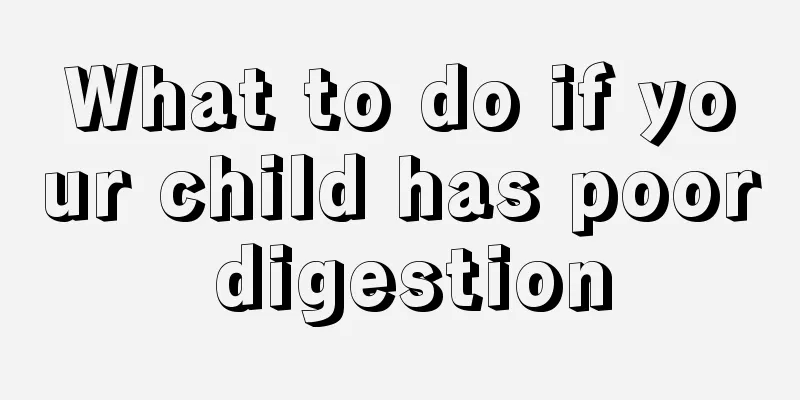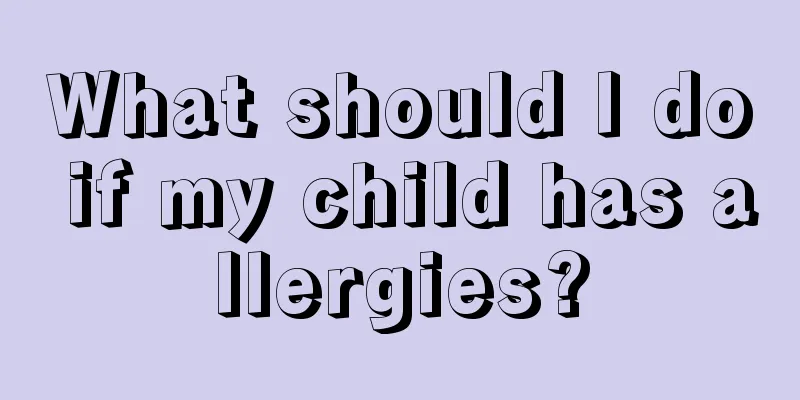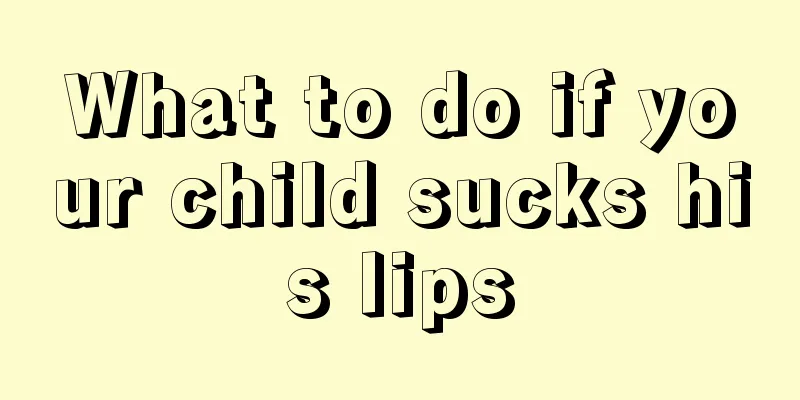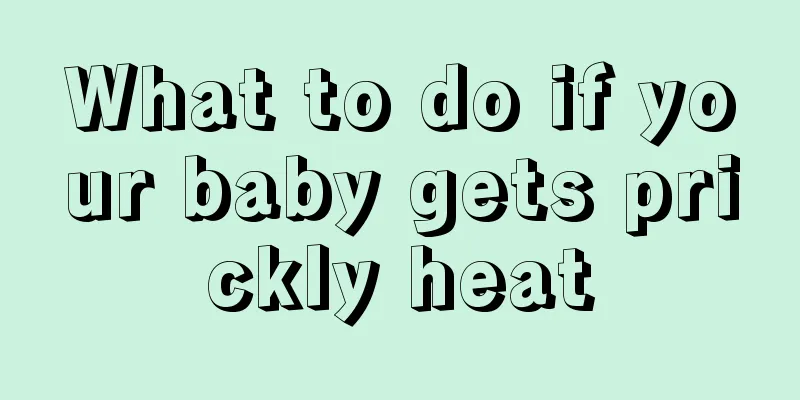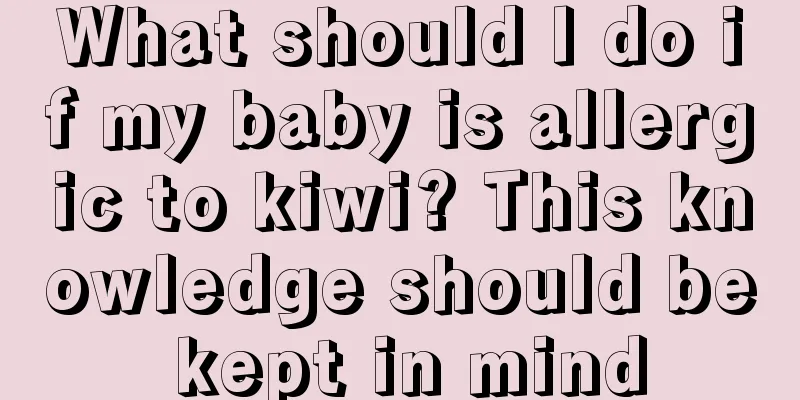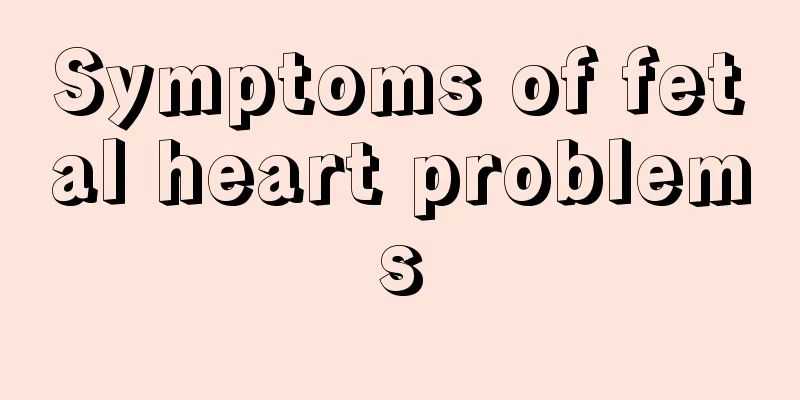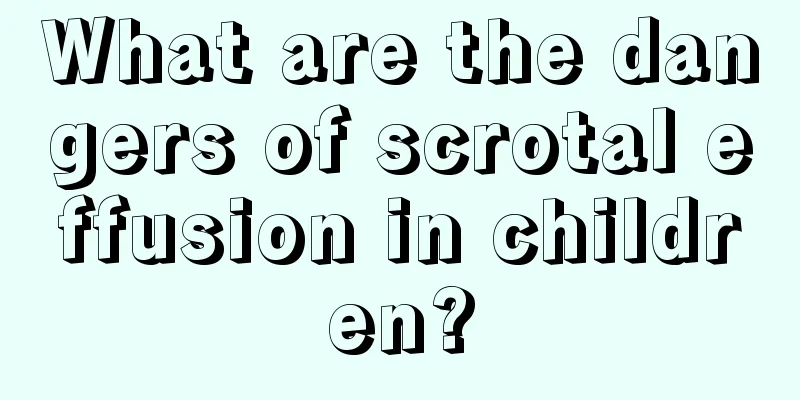Is nebulization useful for hand, foot and mouth disease?

|
Babies with hand, foot and mouth disease may show damage to the oral mucosa and may even be at risk of fever. During this period, babies often say that they are not feeling well. Due to their limited ability to express themselves, they cannot accurately explain their condition to their parents. Therefore, babies need to observe various symptoms in a timely manner and go to the hospital for treatment in time. Nebulization has a certain effect on hand, foot and mouth disease, but it should be done under the guidance of a doctor. So, is nebulization really useful for hand, foot and mouth disease? 1. Does hand, foot and mouth disease require interferon nebulization? Hand, foot and mouth disease is a common infectious disease in children, and Western medicine currently has no ideal specific medicine. Doctors at the Chinese Medicine Hospital used clearing away heat and detoxifying, cooling blood and removing dampness, regulating the spleen and facilitating digestion, and nourishing yin and promoting body fluid as their treatment methods. They compared and supplemented the long-established and effective empirical powders, and finally selected three powders for combined use. After clinical application in more than 2,000 children, it achieved gratifying results, including rapid symptom relief, significantly shortened course of disease, and high cure rate. Parents can choose Lingliangtong Powder and Pingpi Lingsan. The two major types of powders each contain three powders with different drug compositions. In the acute stage of wind evil invading the lungs and accumulating heat in the heart and spleen, symptoms include herpes or ulcers on the hands, feet, and oral mucosa, red color, fever, thirst, dry stool and yellow urine, red tongue with yellow coating, and floating and rapid pulse. It mainly focuses on clearing away heat, detoxifying, cooling blood and removing dampness. It uses Lingliangtong Powder, the main ingredients of which are double flower, forsythia, fermented black beans, rhubarb, gypsum, saposhnikovia, schizonepeta, and scutellaria. During the recovery period of the spleen and stomach dysfunction and yin deficiency and heat type, symptoms include scattered or disappeared herpes on the hands, feet, and oral mucosa, gradual reduction of body fever, dry lips, loss of appetite, red tongue with little fluid, and a thin and rapid pulse. The principles of treatment are to regulate the spleen and aid digestion, nourish yin and produce body fluid. It uses Pingpi Lingsan, the main ingredients of which are tangerine peel, Magnolia bark, Shenqu, antelope horn, reed root, Ophiopogon japonicus, Atractylodes lancea, Amomum villosum, etc. Both phases use three kinds of powders in combination with each other to achieve the functions of clearing away heat, detoxifying, and promoting dampness, so that the heat and rashes will subside, the spleen will function normally, the false fire will extinguish, and the yin and body fluids will be produced. 2. Symptoms of Hand, Foot and Mouth Disease 1. Acute onset, incubation period of 3-5 days, with prodromal symptoms such as low fever, general malaise, abdominal pain, etc. Scattered painful, millet- to mung-bean-sized blisters appear on the oral mucosa, and maculopapules and herpes appear on the hands and feet. Initially, they are maculopapules, which later turn into herpes. They are round or oval, about 3-7 mm in size, like the size of a grain of rice, smaller than the chickenpox rash, harder in texture, with a red halo around it, and less fluid in the blisters. Dot-like or flaky erosions can be seen under the grayish-white membrane. After the rash subsides, no scars or pigmentation are left. If there is a secondary infection, the skin damage will often be aggravated. 2. Some cases only present with rash or herpetic pharyngitis. The whole course of the disease is about 5-10 days. Most cases can heal themselves with a good prognosis and no sequelae. 3. In addition to the hands, feet and mouth, it can also be seen on the buttocks and near the anus, and occasionally on the trunk and limbs. It dries up and disappears after a few days, and the rash does not itch or cause pain. 4. Some children may develop generalized papules and blisters, accompanied by aseptic meningitis, encephalitis, myocarditis, etc. It may be accompanied by symptoms such as cough, runny nose, loss of appetite, nausea, vomiting, and headache. |
<<: What to do if you have a high fever due to hand, foot and mouth disease
>>: What to do if you have hand, foot and mouth disease and stomach pain
Recommend
Precautions for infant perianal eczema
In life, many parents do not check whether their ...
What to do if your baby has black teeth
Now more and more parents are reporting that thei...
Symptoms of cerebral hypoxia in children
Everyone must be familiar with the term cerebral ...
What to do if your child has acute gastroenteritis
Patients with acute gastroenteritis generally exp...
What are the recipes and methods for 10-month-old babies?
10-month-old babies are the cutest, but this is a...
Newborn baby scalp redness
Some newborns may have red spots on their scalp, ...
How can I correct my child’s stuttering?
Children are the group most likely to suffer from...
What can improve children's immunity?
Human immunity is generally related to genetic ge...
Why does my child's butthole itch?
The anus is an important excretory organ in the h...
What to do if your baby has skin ulcers
Among different groups of people, babies have a v...
How long does it take for a child's broken hand to heal?
Children's bones are relatively fragile, but ...
What is the order in which children's teeth change?
Tooth replacement is a very important stage. Chil...
Why does a child sweat on his head when sleeping at night?
We all know that sweating is actually a nerve ref...
Do children need to take anthelmintics?
Experienced parents know that they should give th...
Baby's eyes turn purple
Adults are prone to dark circles due to frequent ...
